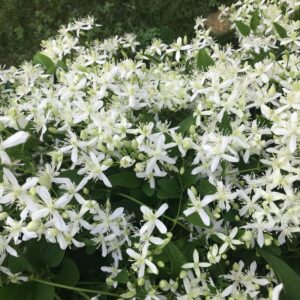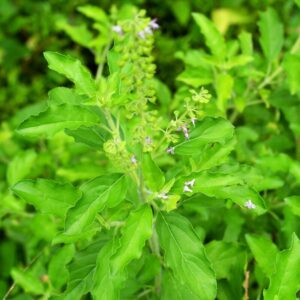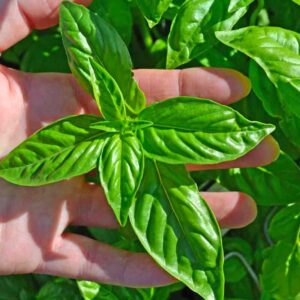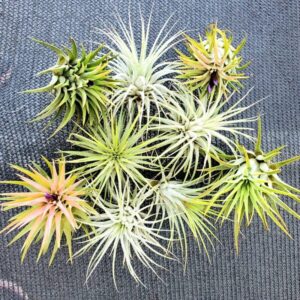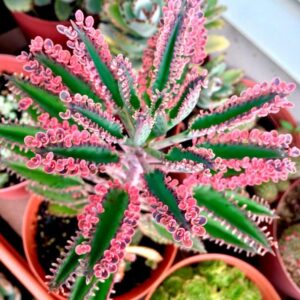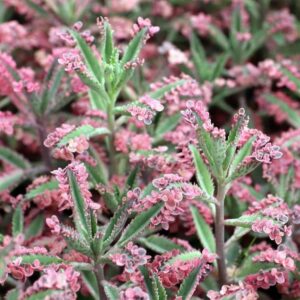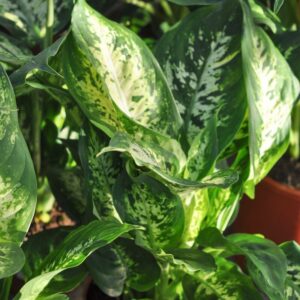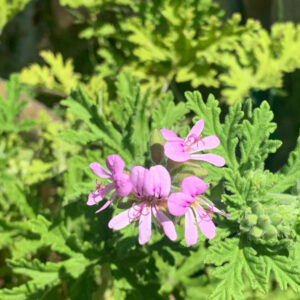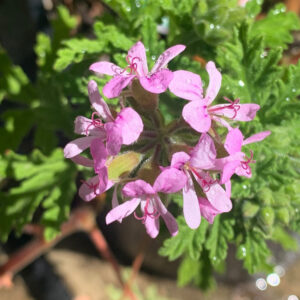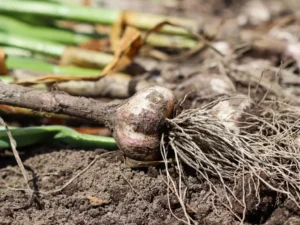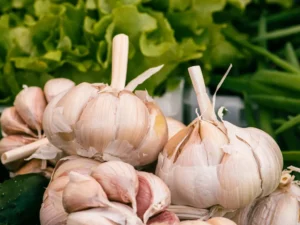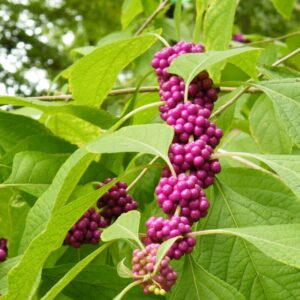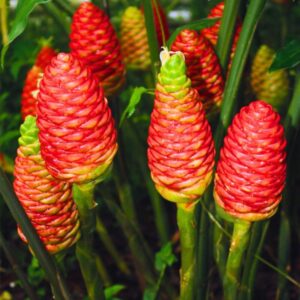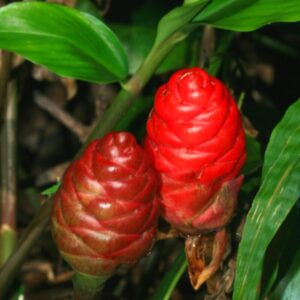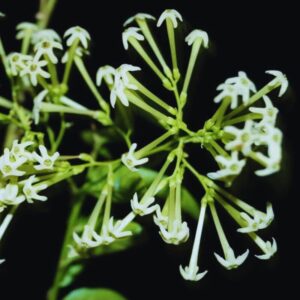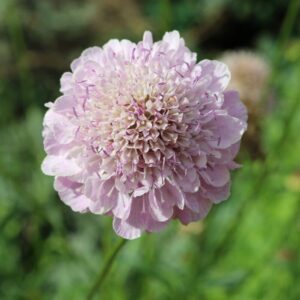Clematis
Clematis
Clematis are exquisite perennial vines that produce stunning flowers in a variety of colors, perfect for enhancing any garden space.
From $26.99

With our Alive & Thrive Guarantee, we’ve got your back for the first 30 days! If you have any concerns about your plants, just reach out to us. Our team is here to help answer your questions and guide you in selecting the best plants for your garden, climate, and unique preferences. We're excited to help you create the garden of your dreams!
-
USDA Hardiness Zone
4-9 -
Soil type
Well-drained, loamy soil -
Sunlight Exposure
Full sun to partial shade -
Expected Planting Period
Spring or fall
Overview of Clematis
Clematis are long-lived perennial vines, known for their attractive blooms that add a burst of color to any flower garden. With a plethora of shapes and colors, these flowering vines are among the most popular choices for gardeners looking to create stunning landscapes.
Benefits of Growing Clematis
One of the main benefits of Clematis is their ability to thrive in various conditions, making them versatile for different garden settings. They can beautifully climb trellises, fences, or walls, creating vertical interest in your garden. Additionally, their extended blooming period ensures that your garden remains vibrant throughout the growing season.
Ideal Growing Conditions
For optimal growth, Clematis require well-drained soil and full to partial sunlight. Regular watering will help maintain their vigor, especially during dry spells. Understanding your local climate can also aid in choosing the right variety for your garden.
Care and Maintenance
Regular pruning is essential for maintaining the health of your Clematis. Depending on the variety, pruning can be done in early spring or late fall, promoting new growth and abundant flowers. Mulching around the base can help retain moisture and suppress weeds.
Frequently Asked Questions
- What USDA zone is best for growing Clematis? Ideal for zones 4-9.
- What type of soil do Clematis prefer? They thrive in well-drained, loamy soil.
- How much sunlight do Clematis need? They prefer full sun to partial shade, ideally 6-8 hours of sunlight.
- When is the best time to plant Clematis? The ideal planting period is spring or fall.
- Can Clematis be grown in pots? Yes, they can be grown in containers with proper support.
| Variety | Comtesse de Bouchard, Diamond Ball, Dr Ruppel, Duchess of Edinburgh, Huldine, Irene, Jackmanii Superba, Nelly Moser, Niobe, Pink Cameo, Pink Mink, Red Cardinal, Sunset, Sweet Autumn, Sweet Summer Love, The President, Virginiana |
|---|---|
| Size | 2.5 Inch Pot, 4 Inch Pot |







